Surviving Rabies
Some people in the remote Peruvian Amazon have developed antibodies to rabies.



The Earth Microbiome Project is an unprecedented effort to study microbial communities around the world.



Sequencing the DNA of individual sperm helps explain why siblings are often so different.
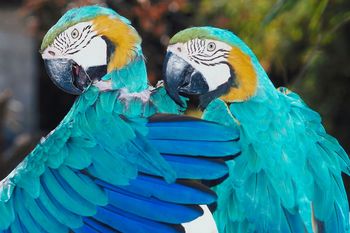

HISTORY MEETS SCIENCE - Dairy detectives discover ancient milk, the historical practice of bloodletting gets a second look, and revisiting failed ideas for saving lives. Also: What migraine headaches and the Mutiny on the Bounty have in common.
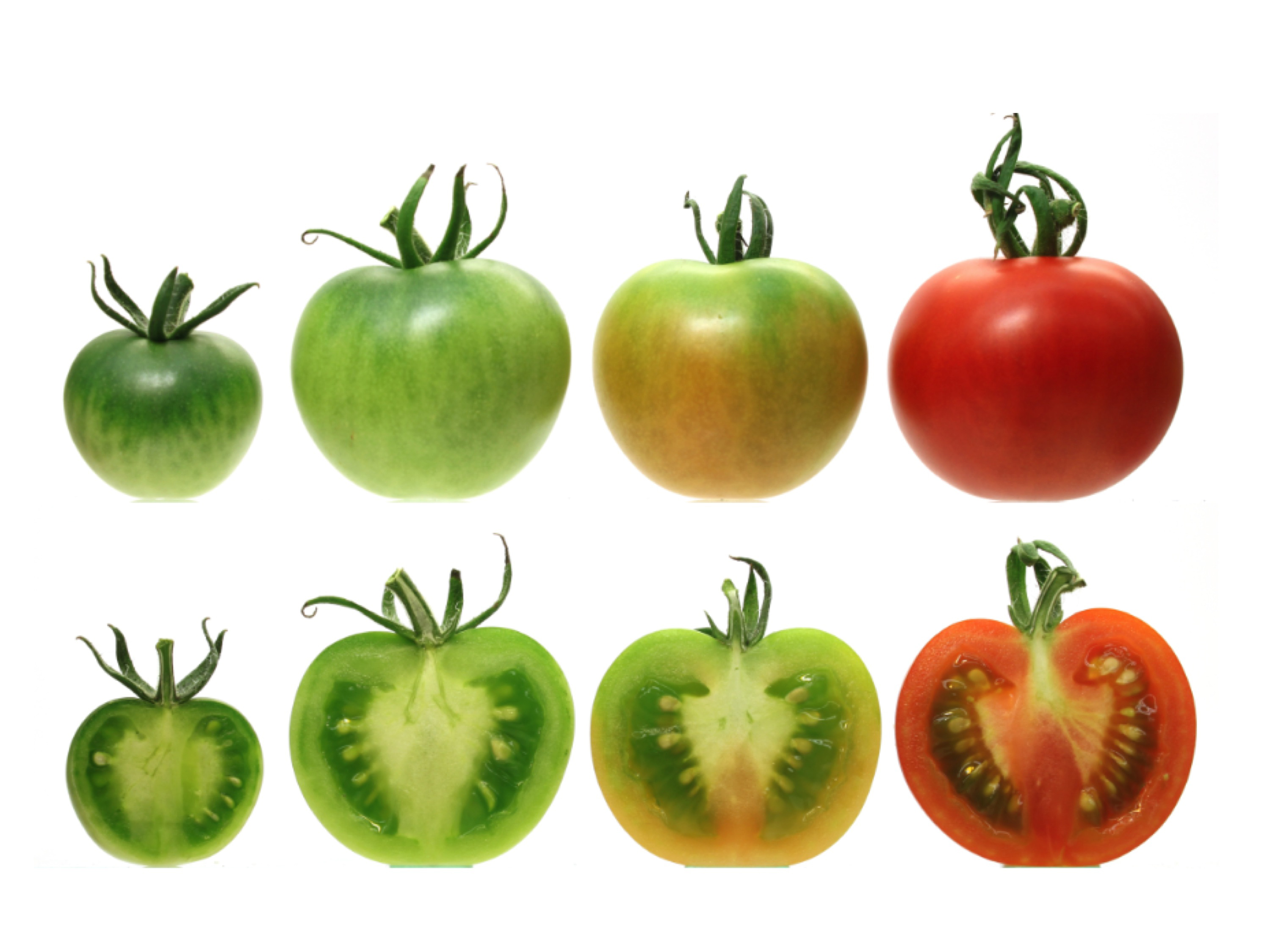

Men that sire children later in life may pass on an advantage to their grandchildren.
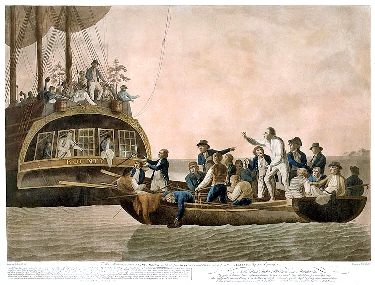
Descendants of “The Mutiny on the Bounty” are providing new clues to the genetics of migraine headaches.

The great-grandchildren of rats given a fungicide were more stressed-out and anxious than other rats.

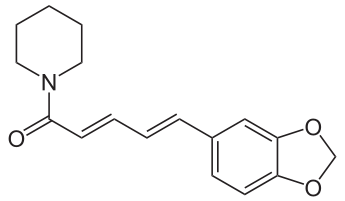
New studies reveal why black pepper fights fat cells, and why caffeine could help dry eye syndrome.

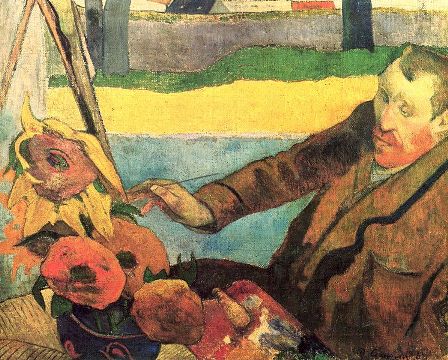
What caused Leonardo da Vinci’s famous self-portrait to yellow with time, and the genetics behind Vincent Van Gogh’s mutant sunflower paintings.


Wild gelada monkeys spontaneously abort pregnancies when a new male takes over the group.

Human hunters drove Australia’s largest animals to extinction around 40,000 years ago.

EVOLUTION & EXTINCTION - What really happened to Australia's missing megafauna, how carnivores lost their sweet tooth, why lovelorn fruit flies resort to alcohol, strategic miscarriages in monkeys, and a new frog species is discovered in plain sight.

A rare genetic mutation makes people very short, but also resistant to cancer and diabetes.
Researchers are trying to boost the efficiency of photosynthesis in crops like soybeans, rice and potatoes to feed the world’s growing population.
